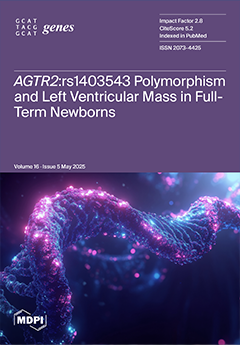Background: Autism spectrum disorder (ASD) involves complex interactions between genetic and environmental factors. Recent studies suggest that dysregulation of β-arrestin2 (
Arrb2) in the central nervous system is linked to ASD. However, its specific mechanisms remain unknown. Methods: This study employs a systems genetics approach to comprehensively investigate
Arrb2 in multiple brain tissues, including the amygdala, cerebellum, hippocampus, and prefrontal cortex, using BXD recombinant inbred (RI) strains. In addition, genetic variance analysis, correlation analysis, expression quantitative trait loci (eQTL) mapping, and functional annotation were used to identify the key downstream targets of
Arrb2, validated by quantitative reverse transcription polymerase chain reaction (qRT-PCR) and Western blotting (WB). Results:
Arrb2 exhibited expression variations across the four brain regions in BXD mice. eQTL mapping revealed that
Arrb2 is cis-regulated, and increased
Arrb2 expression levels were significantly correlated with ASD-like symptoms, such as impaired social interactions and abnormal learning and memory. Furthermore, protein–protein interaction (PPI) network analysis, tissue correlation, functional relevance to autism, and differential expression identified eight downstream candidate genes regulated by
Arrb2. The experimental results demonstrated that deletion of
Arrb2 led to the downregulation of
Myh9,
Dnmt1, and
Brd4 expression, along with protein kinase A (PKA)-induced hyperactivation of Synapsin I. These findings suggest that
Arrb2 may contribute to the pathogenesis of autism by modulating the expression of these genes. Conclusions: This study highlights the role of
Arrb2 in ASD pathogenesis and identifies
Myh9,
Dnmt1, and
Brd4 as key downstream regulators. These findings provide new insights into the molecular mechanisms of ASD and pave the way for novel therapeutic targets.
Full article






